Rare or Unusual in My Garden - what is in yours?
ophoenix
6 years ago
Featured Answer
Sort by:Oldest
Comments (45)
johnaberdeen
6 years agoophoenix
6 years agoRelated Discussions
Have: Big Dead Stick. Want: Rare and Unusual (sub)tropicals
Comments (16)I am not trying to be argumentative, Mark. I have been a novice trader and so have you, and have been lead to believe a plant was 'easy', when it wasn't - I was out a plant AND money. I was just being honest with my experiences in trying to root these cuttings, so a newby wouldn't be upset if he/she traded for the cutting and it did rot. I was merely mentioning that this cutting is not as easy as it sounds to root. You are turning this into a negative when it is meant to be a positive. WHY would this information NOT be relevant? Are you telling me you wouldn't want to know if the possibility existed that it could rot instead of root?...See More11th annual Rare and Unusual Rose Auction
Comments (6)I just wanted to let everyone know that we've just yesterday added a simply amazing rose to the auction. That rose is an older hybrid tea called Funkuhr, and it starts out yellow and the edges turn red with exposure to sun. As far as we know, the only plants of this rose in the U.S. are our mother plant and one that is growing in a public garden in Portland, and of course the one we are selling at the auction. I haven't even seen this rose, but those who have describe it as disease resistant and amazingly pretty. Take a look. We will, of course, take bids on-line until Nov. 12. We expect this rose to generate a fair amount of excitement. as it has not been for sale in the U.S. ever, as far as we know. It's a Kordes rose that was never released as a commercial variety on this side of the Atlantic, although it has been popular in Germany. Here is a link that might be useful: CCRS Live auction list of roses...See MoreRare Or Unusual Trees
Comments (11)hi forrest, i'm not in georgia but not far from columbus. chionanthus pygmaeus is probably the rarest one i have. sources say native to only certain areas of the florida panhandle and grows to about 6' tall. i got it from mail order natives in florida a few years ago and notice that she does not offer it anymore. also trying gordonia lasianthus (loblolly bay) but it was struggling where i planted it and i have moved it into a container to nurse it along. know anything about that one and what kind of site it would like? i read it can take seasonally wet (hence the term "loblolly") but it almost died when i planted it in a place like that. halesia diptera 'magniflora' is coming along well but has yet to flower for me. could be in too much shade (deciduous woods). magnolia asheii and macrophylla are still small but appear to be settling in and healthy. i love those northern conifers, too, esp. the blue and gold forms, but it is basically too hot here for most of them. i do have a norway spruce that is quite large. started with a b&b plant for a christmas tree in the early '90's and it is about 12' tall now....See MoreHave: Somewhat Rare / Unusual Tree Seeds
Comments (4)I sent both of you emails. I now have four people interested in these, so this offer is now closed to further inquires. If for some unexpected reason no one takes the seeds, I will repost....See Moregardengal48 (PNW Z8/9)
6 years agoEmbothrium
6 years agolast modified: 6 years agoophoenix
6 years agogardengal48 (PNW Z8/9)
6 years agoophoenix
6 years agoenith
6 years agoophoenix
6 years agogardengal48 (PNW Z8/9)
6 years agoEmbothrium
6 years agolast modified: 6 years agoophoenix
6 years agogardengal48 (PNW Z8/9)
6 years agoophoenix
6 years agoophoenix
6 years agoophoenix
6 years agoophoenix
6 years agoEmbothrium
6 years agolast modified: 6 years agoophoenix
6 years agoophoenix
6 years agoophoenix
6 years agoophoenix
6 years agoParker Turtle
6 years agolast modified: 6 years agoEmbothrium
6 years agolast modified: 6 years agoophoenix
6 years agoophoenix
6 years agoophoenix
6 years agoMike McGarvey
6 years agoEmbothrium
6 years agolast modified: 6 years agoophoenix
6 years agoEmbothrium
6 years agolast modified: 6 years agoophoenix
6 years agopugetsoundgardener
6 years agolast modified: 6 years agoEmbothrium
6 years agolast modified: 6 years agohallerlake
6 years agolast modified: 6 years agoophoenix
6 years agoophoenix
6 years agoophoenix
6 years ago
Related Stories
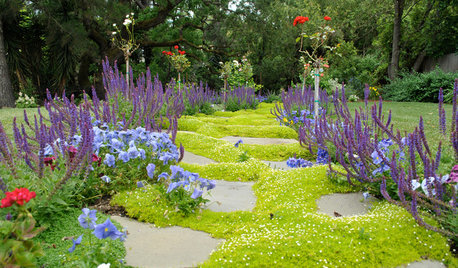
LANDSCAPE DESIGNExplore Your Garden Personality: The Whimsical Gardener
Begging exploration and drawing smiles, whimsical gardens make an art form of fun. Here’s how to keep them in balance
Full Story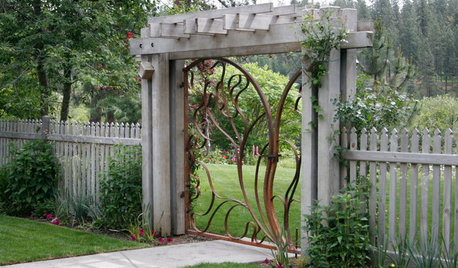
LANDSCAPE DESIGNThe Garden Gate: A Preface to the Story Your Garden Wants to Tell
Setting the tone for your garden starts with the right entry
Full Story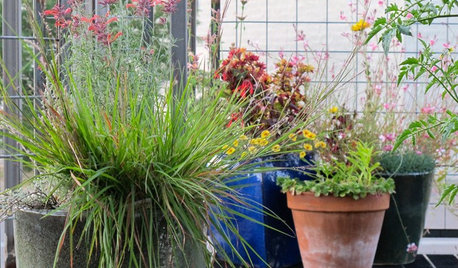
LANDSCAPE DESIGNHow to Right-Size Your Garden and Simplify Your Life
Rethink your planting space to fit your needs and you'll learn just how much garden is enough
Full Story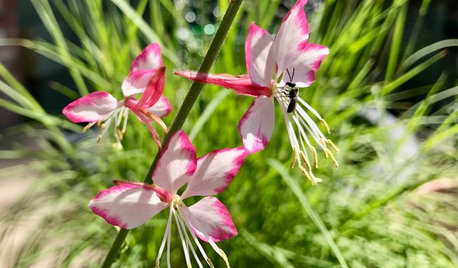
GARDENING GUIDESHow to Find Your Garden’s Voice
Incorporate plants native to your region for a memorable space that brings back the landscape’s ‘regional accent’
Full Story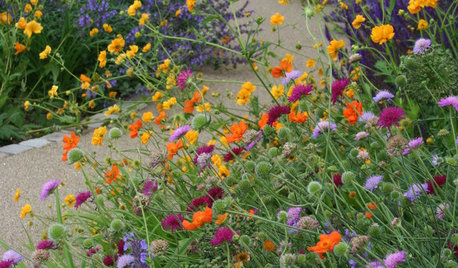
PLANTING IDEAS3 Color Palettes to Help Set Your Garden’s Mood
Select plants in these color combinations to create an outdoor space that’s cheerful, energizing or calming
Full Story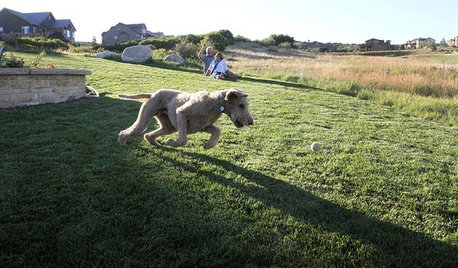
PETSProtecting Your Pet From Your Yard and Your Yard From Your Pet
Check out these tricks from vets and landscape designers for keeping your pets and plantings safe in the backyard
Full Story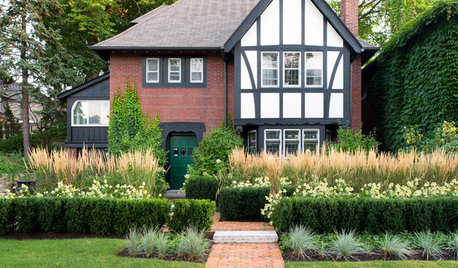
LANDSCAPE DESIGNHow Low Can Hedges Go? Discover Unusual Garden Borders
Short enough to step over, high enough to be a stretch ... check out these radically different hedge styles and tell us your opinion
Full Story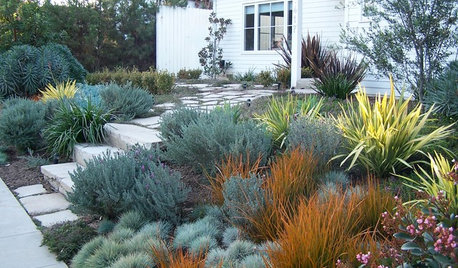
PLANTING IDEAS9 Ways to Use Bronze Foliage in Your Garden
Bring richness to garden beds and containers with this unusual foliage hue
Full Story
GARDENING GUIDESInvite Mining Bees to Your Garden by Planting Their Favorite Plants
Look for mining bees (Andrena) pollinating woodland wildflowers in U.S. gardens this spring
Full Story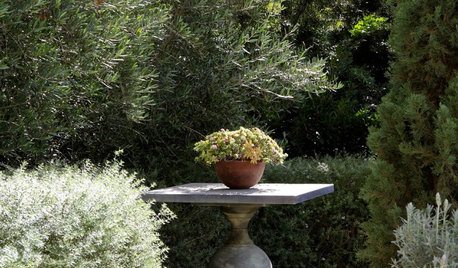
LANDSCAPE DESIGNOrnament Your Garden the Artful Way
Strike the right balance between art and plantings to create a garden that's enjoyably abundant
Full Story


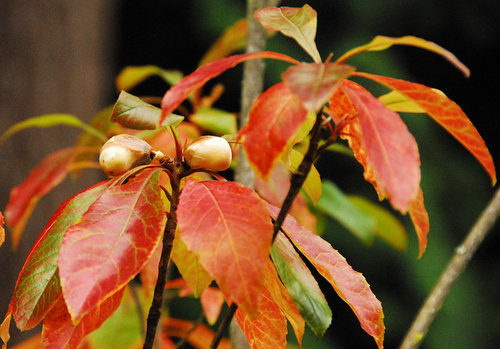
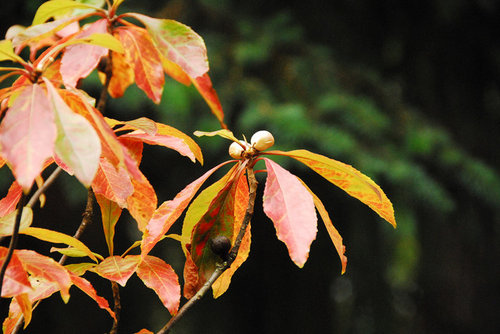
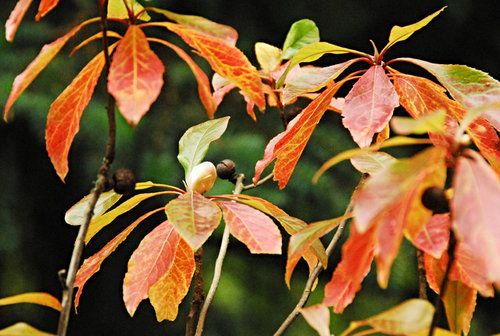
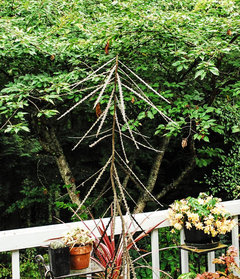
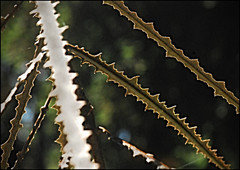
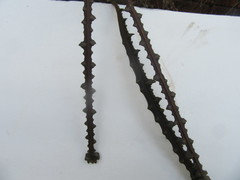
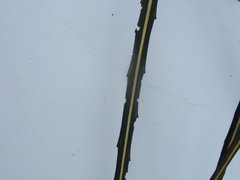
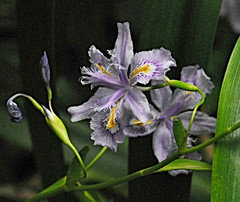
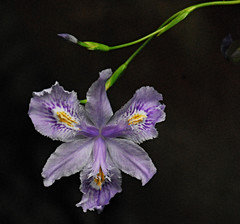
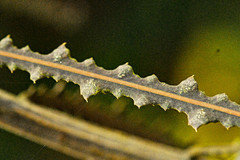
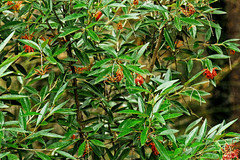
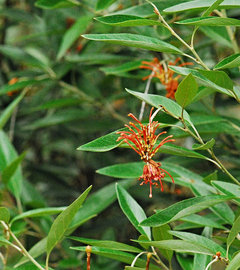
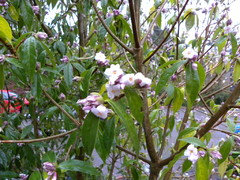
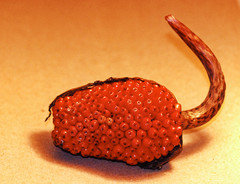
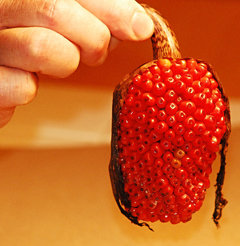
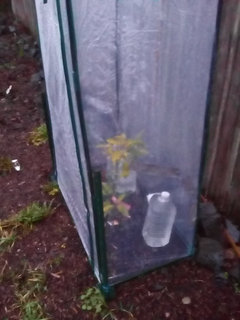
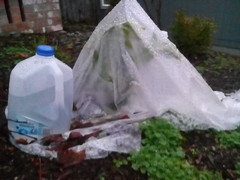
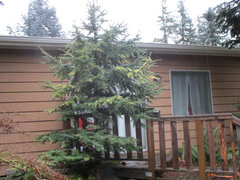
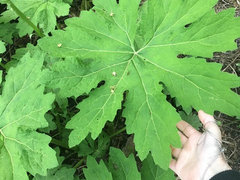
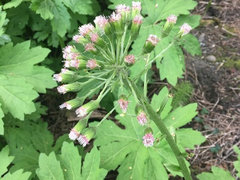
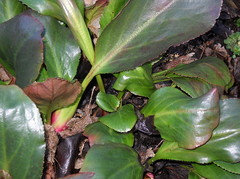
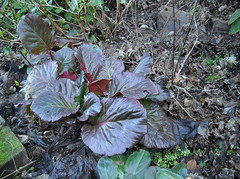
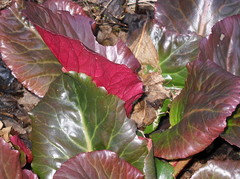
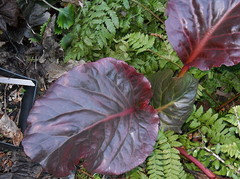
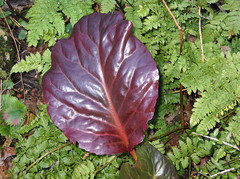
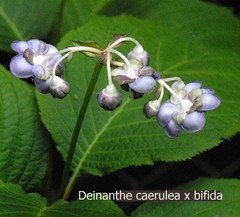
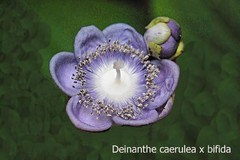



Embothrium